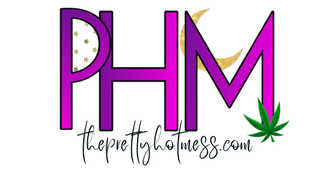From Abracadabra to Aleister Crowley to Gardnerian Witchcraft to Rosemary's Baby to sorcery and Zoroaster, The Witch Book by the late, great Raymond Buckland is unmatched in its coverage of witchcraft’s historical, practical, and cultural aspects.
A student of the late Wicca pioneer Dr. Gerald Gardner, Raymond Buckland has been widely credited with introducing Wicca to the United States. He was one of the world’s foremost experts on Witchcraft, Wicca, and Earth religions.
With 560 entries, a resource section, and 114 photos and illustrations, this is an exhaustive exploration of Witchcraft, Wicca, paganism, magic, people, places, events, literature, and more. It shows how, in pre-Christian and early Christian times, Witchcraft (with a capital “W”) was a magical and healing practice associated with early spirtual beliefs, including how the word "Witch" comes from the Old Anglo-Saxon wicce or wicca, meaning a “wise one”: the wiseman or -woman of the common people who had knowledge of herbs, healing, augury, and magic.
It also tackles how Witchcraft and paganism were erroneously linked with Satanism, black magic, and pop-culture distortions. It defines both the darker Christian concept and the true concept of Wicca, concentrating on the Western European and later New World versions of Witchcraft and magic. The Witch Book is a broad and deep look at witches, witchcraft and the Wicca tradition.
From Abracadabra to Aleister Crowley to Gardnerian Witchcraft to Rosemary's Baby to sorcery and Zoroaster, The Witch Book by the late, great Raymond Buckland is unmatched in its coverage of witchcraft’s historical, practical, and cultural aspects.
A student of the late Wicca pioneer Dr. Gerald Gardner, Raymond Buckland has been widely credited with introducing Wicca to the United States. He was one of the world’s foremost experts on Witchcraft, Wicca, and Earth religions.
With 560 entries, a resource section, and 114 photos and illustrations, this is an exhaustive exploration of Witchcraft, Wicca, paganism, magic, people, places, events, literature, and more. It shows how, in pre-Christian and early Christian times, Witchcraft (with a capital “W”) was a magical and healing practice associated with early spirtual beliefs, including how the word "Witch" comes from the Old Anglo-Saxon wicce or wicca, meaning a “wise one”: the wiseman or -woman of the common people who had knowledge of herbs, healing, augury, and magic.
It also tackles how Witchcraft and paganism were erroneously linked with Satanism, black magic, and pop-culture distortions. It defines both the darker Christian concept and the true concept of Wicca, concentrating on the Western European and later New World versions of Witchcraft and magic. The Witch Book is a broad and deep look at witches, witchcraft and the Wicca tradition.





